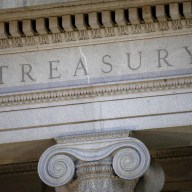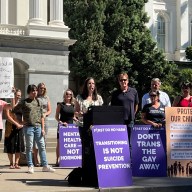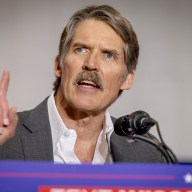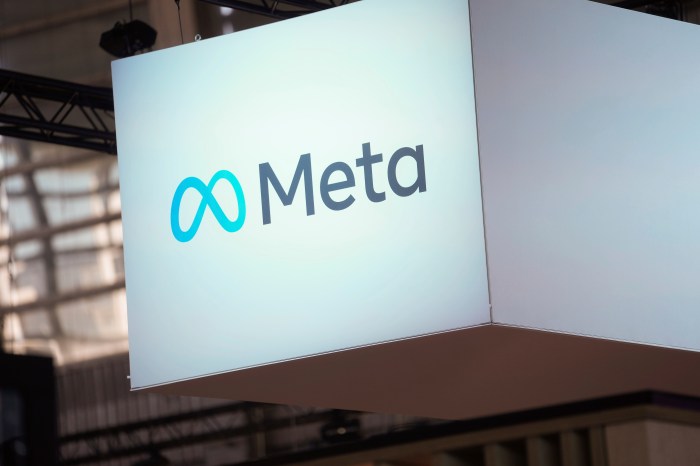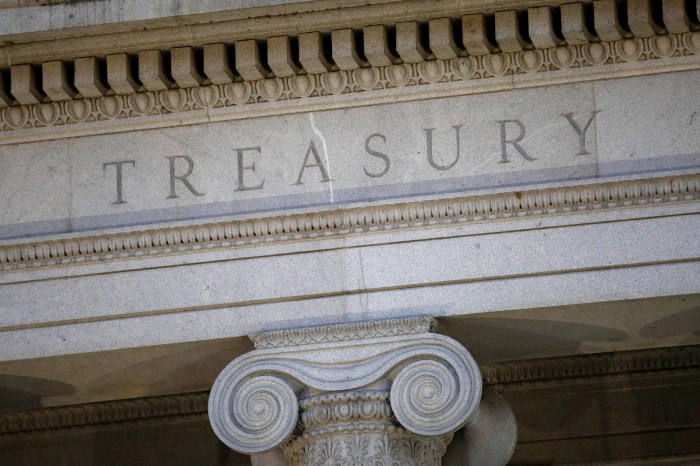CHICAGO (Reuters) – The idea of using investments to promote environmental and social causes has grown quickly in recent years, and retirement plans looked like the next frontier – until the Trump administration weighed in last month.
The U.S. Department of Labor (DoL) proposed a new rule governing the use in 401(k) plans of mutual funds driven by environmental, social and governance factors — so-called ESG investing. The rule would require plan sponsors to demonstrate they are not sacrificing financial performance for participants by adding ESG funds. Nothing wrong with that, insofar as it goes – clearly, the most important social good of a 401(k) plan is to build retirement savings for participants.
But the proposed rule does not recognize that the current generation of socially conscious funds can deliver top-notch performance along with a dose of social progress. And importantly, the rule takes square aim at the best chance for ESG funds to take root in 401(k) plans by making it impossible for plan sponsors to offer them as the default investment option in plans – most of which use a target-date fund that automatically reduces exposure to stocks as retirement approaches.
Prohibiting use of ESG funds as default options would be a huge obstacle for growth of ESG in 401(k) plans.
“The prior guidance (from the Department of Labor) left some room for considering an ESG fund as a default option,” said Mikaylee O’Connor, head of defined contribution solutions at RVK, a New York-based consulting firm that advises workplace retirement plans. “But based on the proposed regulation, this is likely not possible.”
WHY ESG FUNDS ARE DIFFERENT
The proposed ESG rule is out of step with trends in the investment world because it seeks to differentiate between doing good and doing well. That was a valid distinction years ago, when social investing was defined mainly by mutual funds with a theme (green investing) – or exclusion (no fossil fuels or weapons). The earlier wave of funds often underperform the market due to lack of broad exposure to market segments, high fees – or both.
ESG funds are different. Most of them use ratings systems that score securities for their exposure to factors such as a company’s environmental impact, governance policies or how it treats employees or monitors its supply chains. The funds either underweight or eliminate securities that fund managers expect will have high risk associated with those factors, or tilt toward those that might have a positive impact.
This approach may not impress social investing purists, but growing evidence suggests that it lets investors have at least some of their cake and eat it too.
ESG funds actually have been turning in very strong numbers. Morningstar reports that during the extremely volatile first half of this year, 72% of ESG funds ranked in the top halves of their investment categories, and that all 26 ESG index funds outperformed their conventional index-fund counterparts (https://bit.ly/3fKBmiw).
Numbers like that underscore the disconnect in the proposed DoL rule for 401(k) plans, argues Aron Szapiro, director of policy research for Morningstar. And funds that lean toward climate-friendly or workplace diversity will do better over the long haul for younger workers, he argues.
“You can make a strong case that retirement investors who have multi-decade time horizons are the ones who really do need to be considering these factors,” he said.
The growth in ESG thus far has been concentrated mainly among institutional investors and high net-worth individuals. Many industry experts have looked to workplace retirement plans for the next big leg of growth. This is where the money is – workplace defined-contribution plans held a combined $7.9 trillion at the end of the first quarter this year, according to the Investment Company Institute.
“Retirement plans are one of the areas we really have identified as the next flow of assets,” said Lisa Woll, CEO of US SIF. “To the degree that most individuals have savings, it’s in their retirement funds.”
A leader pushing into the 401(k) market is fund provider Natixis, which launched its Sustainable Futures target date series a little over three years ago. Sustainable Futures has established a strong investment record, and more than 100 plans have incorporated the funds, according to Ed Farrington, head of retirement strategies at Natixis.
“It’s very important that long-term investors have access to economically driven ESG strategies, because these are risks that will show up in stock price over time,” he said.
The DoL’s proposed rule is on an unusually fast track as the agency tries to finalize it before the end of President Donald Trump’s term. That might not be possible – the agency is accepting comments through July 30 and industry observers say there will be plenty.
Said Farrington: “So far, it’s a proposal, not a rule.”
For more on ESG investing in 401(k) plans, check out my podcast interview https://bit.ly/2Ea5xlr this week with Aron Szapiro of Morningstar.
(The opinions expressed here are those of the author, a columnist for Reuters.)
(Reporting by Mark Miller in Chicago; Editing by Matthew Lewis)







